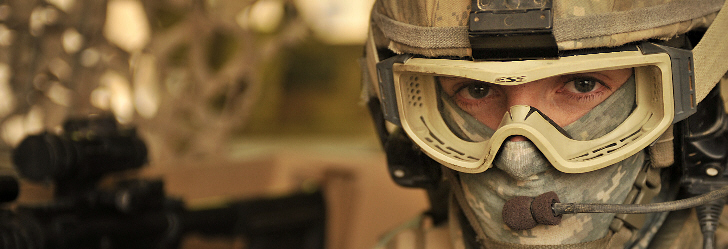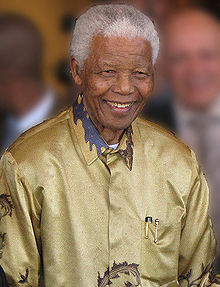The Evolution of Modern Combat Search and Rescue Part I
As you will recall from history class, that World War I treaty placed tight restrictions on the German military. The treaty allowed Germany a limited number of ground troops, and no air force nor armored units. Germany skirted certain terms of the treaty, though, by shipping non-combat aircraft to the Soviet Union to be transformed into prototype fighter planes. German pilots learned to fly the reconfigured aircraft in the skies over Soviet territory.
By 1935, with the National Socialist Party firmly in control of Germany, the Wehrmacht owned a well stocked and fully trained combat ready air force. Leaders of the evolving Luftwaffe understood, though, that they needed to conserve not just the machines, but also the men who flew them. The loss of even one pilot would be sorely felt. The Germans already had a system in place to recover airmen shot down over land. But much needed to be done to ensure the safety of men who were lost over water. Luftwaffe commanders set out to build an air-sea rescue mission.
At first, the rescue fleet consisted mainly of rickety old boats assigned to newly drawn rescue zones in the North and Baltic seas. As Germany edged closer to war in Europe, the Luftwaffe realized that its makeshift fleet of rescue boats would not suffice. If Germany hoped to recover its already scarce airmen, who likely would be downed over water, the increasingly aggressive nation would need a dedicated rescue service with its own mission, commanders, and craft. Germany quickly formed the new service, christened the Seenotdienst.
Tomorrow: Germany's Seenotdienst
sfux - 18. Dez, 20:33 Article 1548x read
















































